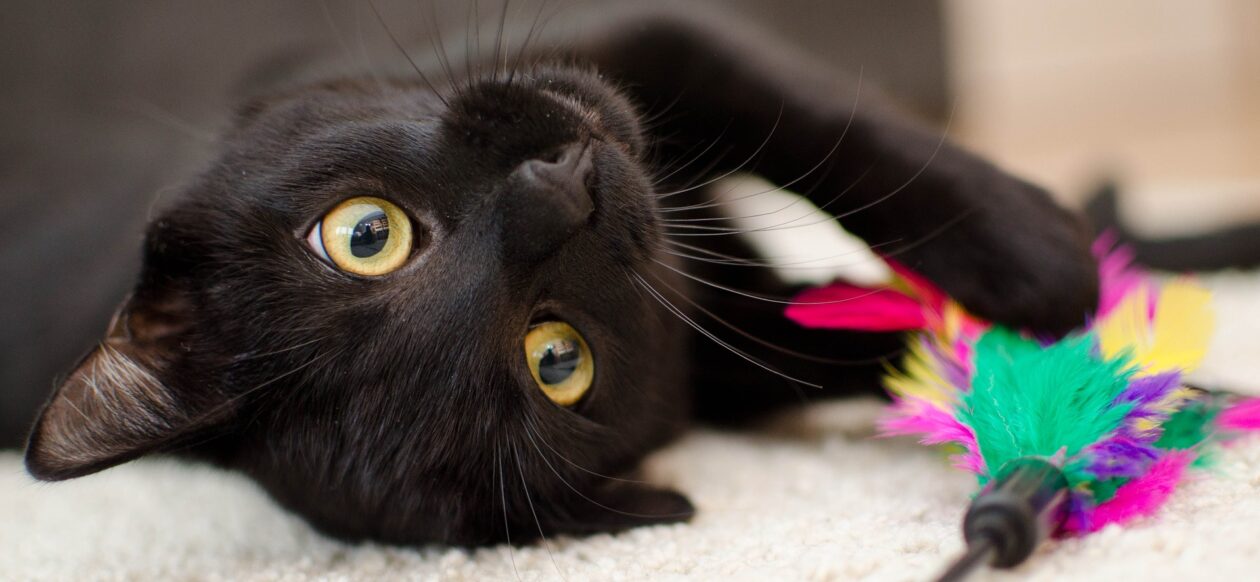Rescuing a cat with special needs is gratifying, but when you see their transformation to health and well being, there’s no better feeling.
I remember the night well. It was winter—another dark, cold, rainy and windy night. But this night was different. A new cat appeared at our back patio doorstep—a big orange tabby male was hungrily eating our feral’s food outside. When he lifted his head from the food bowl, he saw me, and quickly ran away. Or more accurately, hopped away. I could see something was terribly wrong. But he was gone. He returned the next night for more food, and again I came to the window to see him, and as he was hopping away I saw that he was missing one of his hind legs. The leg was completely deformed and twisted backwards, and he was severely handicapped.
Well, they say the third time is a charm—and sure enough on the third night I was prepared. Trap was set, tuna fish inside, and I waited! Bang—I got him! Thankfully, he was not a trap-savvy cat! So I took this big, heavy boy upstairs in the trap to our bathroom. I could quickly see that he was friendly. Very friendly. I was relieved that he wasn’t feral, which would mean I’d have to release him back outside, but there was just no way that I would do that with this injured back leg. The next morning, as I was driving him to the vet, I named him “Piev.” I have no idea where this name came from, I had never heard of it before—but it sounded beautiful when I said it, and it seemed to fit him. He was masculine but gentle, and the name was as unique as this special boy was.
Continue reading Rescuing a Cat With Special Needs – A Story of Transformation












